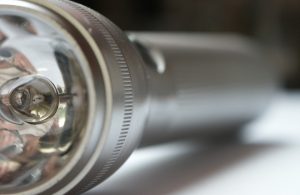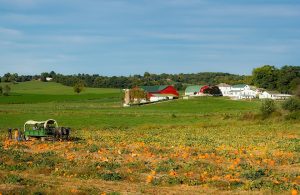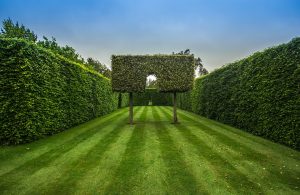Creating a Biology Experiment
Flora and fauna are important facets of the world, and they support the lifestyle of mankind. Keeping them safe and healthy is a concept many students need to learn for a functioning biosphere to exist, so giving them a way to participate in class can help them remember it long after the final test. There are many different ways to show students how plants and animals interact, so it could be a chance to give them an active role in their own education.
Terrariums have long been a popular way to keep plants from exotic areas alive in many settings, and their beauty is easy to see. Students in cold climates learning about hot weather plants could benefit by building their own terrarium and stocking it. Tending the plants would take few resources after the initial investment, but the amount of knowledge they might gain from it could be invaluable.
The interaction of plants in any environment is dependent upon the nutrients and amount of water they receive. Students expected to keep their plants flourishing will need to learn how to care for them properly. Just this one facet could lead them into the habit of keen observation. Active participation might give them the ability to retain the information they learned and apply it to their own lives.
Plants and animals are part of many biospheres, so adding a few small creatures to a terrarium might be a good way to educate students. They would be able to see through the glass sides where animals eat, sleep and forage for their food. This type of experiment has many different facets for students to learn, and their eagerness often gives them more insight than a series of lectures combined. By the end of the term, students should be able to report on the interactions between plants and animals, and they should also be able to outline the steps necessary to care for their biosphere.














